Home>Furniture & Design>Interior Design Trends>What Does Depression Glass Look Like
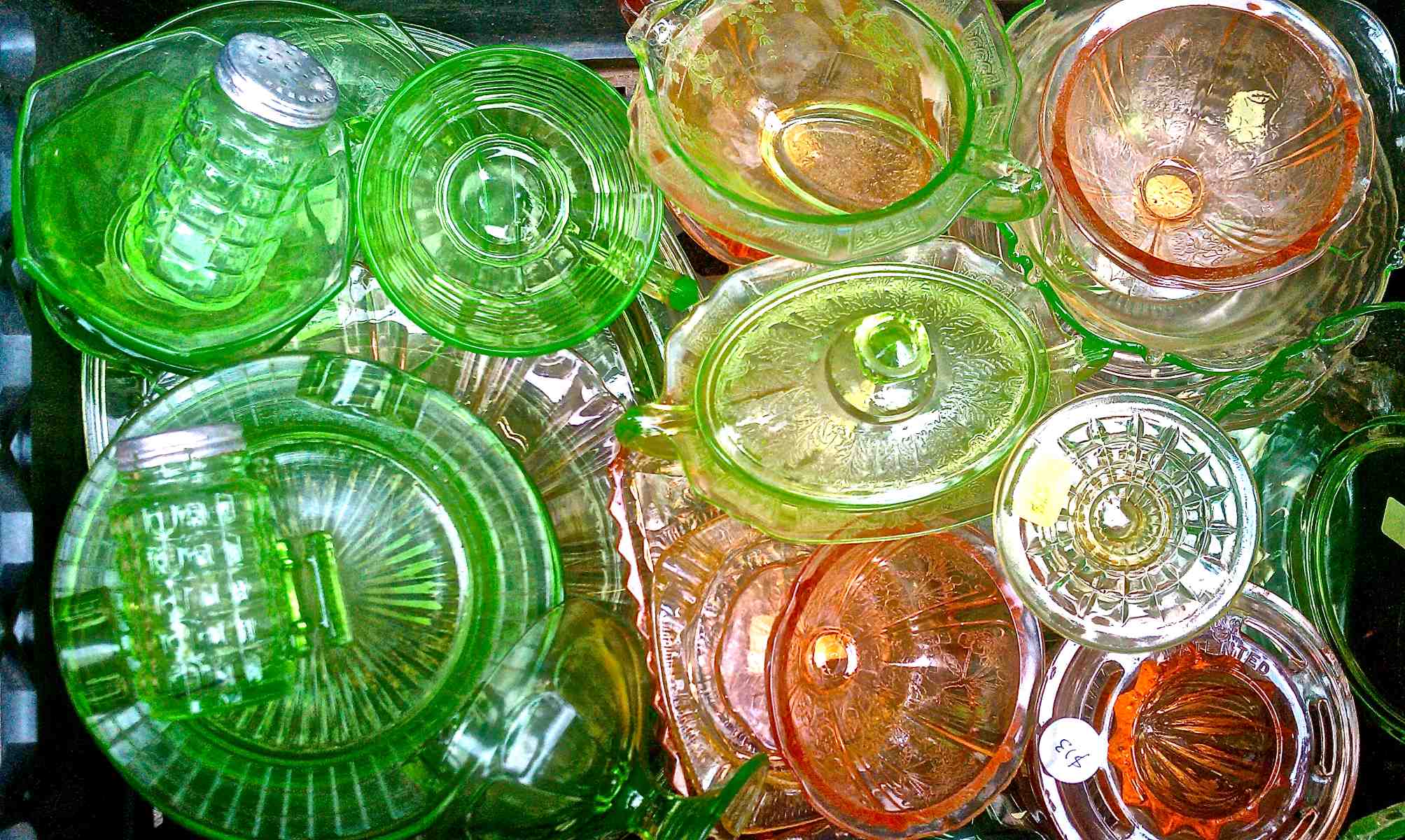

Interior Design Trends
What Does Depression Glass Look Like
Modified: April 21, 2024
Discover the allure of depression glass and its impact on interior design trends. Explore the unique characteristics and timeless appeal of this vintage glassware.
(Many of the links in this article redirect to a specific reviewed product. Your purchase of these products through affiliate links helps to generate commission for Storables.com, at no extra cost. Learn more)
Introduction
Depression glass, a beloved collectible, holds a special place in the hearts of vintage enthusiasts and collectors alike. Its delicate beauty and historical significance make it a sought-after treasure that continues to captivate admirers around the world. This exquisite glassware, produced during the Great Depression era, reflects the resilience and creativity of a generation that persevered through challenging times.
The allure of depression glass lies in its enchanting hues, intricate patterns, and timeless elegance. Each piece tells a story of an era marked by hardship and perseverance, offering a glimpse into the past and a tangible connection to history. Whether displayed in a cabinet, used for special occasions, or cherished as a family heirloom, depression glass evokes a sense of nostalgia and appreciation for craftsmanship of a bygone era.
As we delve into the world of depression glass, we will explore its defining characteristics, common colors and patterns, as well as tips for identifying and collecting these cherished pieces. Whether you are an avid collector, a vintage enthusiast, or simply curious about this enduring art form, this exploration will provide valuable insights into the enchanting world of depression glass. Let's embark on a journey to unravel the beauty and significance of this timeless glassware.
Key Takeaways:
- Depression glass, with its delicate beauty and vibrant colors, offers a tangible connection to a resilient era. Its timeless allure captivates collectors and enthusiasts, evoking a sense of nostalgia and elegance.
- Collecting depression glass is a journey of exploration and appreciation for craftsmanship. Enthusiasts seek out diverse colors, intricate patterns, and rare pieces, preserving the enduring beauty of this cherished glassware.
Read more: What Does A Champagne Glass Look Like
Characteristics of Depression Glass
Depression glass is renowned for its distinct characteristics that set it apart from other glassware. Its delicate and translucent appearance, coupled with a range of captivating colors and intricate patterns, makes it a cherished collectible. One of the defining features of depression glass is its lightweight nature, which gives it an ethereal quality that exudes elegance and charm.
The most notable characteristic of depression glass is its vibrant and alluring colors. From soft pastels to rich hues, depression glass encompasses a wide spectrum of colors, including pink, green, blue, amber, and clear. These captivating colors are often translucent, allowing light to pass through and create a mesmerizing glow. The delicate yet vibrant colors of depression glass add a touch of whimsy and sophistication to any table setting or display.
In addition to its enchanting colors, depression glass is adorned with intricate patterns that showcase remarkable craftsmanship. From floral motifs to geometric designs, these patterns are etched or molded onto the glass, adding a layer of depth and visual interest. The intricate detailing of these patterns reflects the artistry and attention to detail that went into creating each piece of depression glass.
Furthermore, depression glass often features a smooth and glossy surface, which contributes to its timeless appeal. The glass is typically thin and lightweight, yet durable enough for practical use. Its smooth texture and lustrous finish enhance its visual allure, making it a captivating addition to any collection or table setting.
The charm of depression glass lies in its ability to evoke a sense of nostalgia and grace, transporting admirers to a bygone era characterized by resilience and creativity. Its delicate appearance, vibrant colors, intricate patterns, and smooth texture collectively define the enduring allure of depression glass, making it a cherished treasure for collectors and vintage enthusiasts alike.
Common Colors and Patterns
Depression glass is celebrated for its diverse array of colors and patterns, each contributing to its timeless allure and collectible appeal. The most common colors of depression glass encompass a spectrum of captivating hues that evoke a sense of nostalgia and elegance. Among the popular colors are delicate pink, serene green, enchanting blue, warm amber, and classic clear. These hues, often translucent and radiant, infuse each piece of depression glass with a unique charm that captivates collectors and enthusiasts alike.
Pink depression glass, known for its soft and romantic hue, remains one of the most beloved colors in the world of vintage glassware. Its delicate blush tones exude a sense of whimsy and femininity, making it a popular choice for collectors seeking to add a touch of vintage charm to their collections. Green depression glass, with its tranquil and soothing color, evokes a sense of serenity and natural beauty. The gentle green hues of this glassware reflect the tranquility of nature, adding a refreshing touch to any collection or table setting.
Blue depression glass, with its captivating and serene tones, exudes a sense of timeless elegance and sophistication. The cool blue hues of this glassware evoke a tranquil ambiance, making it a cherished choice for collectors seeking to infuse their collections with a touch of understated beauty. Amber depression glass, with its warm and inviting color, exudes a sense of vintage warmth and nostalgia. The rich amber tones of this glassware add a touch of old-world charm to any collection, evoking a sense of history and heritage.
Clear depression glass, with its classic and versatile appearance, embodies a timeless elegance that complements any table setting or collection. The clear glass allows light to pass through, creating a mesmerizing glow that adds a touch of ethereal beauty to any display. In addition to its captivating colors, depression glass is adorned with a variety of enchanting patterns, ranging from intricate floral motifs to geometric designs. These patterns, etched or molded onto the glass, showcase remarkable craftsmanship and attention to detail, adding a layer of visual interest and historical significance to each piece.
The diverse colors and patterns of depression glass collectively contribute to its enduring appeal, making it a cherished treasure for collectors and vintage enthusiasts seeking to connect with the elegance and resilience of a bygone era. Whether displayed in a cabinet, used for special occasions, or cherished as a family heirloom, depression glass continues to captivate admirers with its timeless beauty and historical significance.
Depression glass is often colored and has intricate patterns like flowers or geometric designs. It was made during the Great Depression, so it’s affordable and can be found in many antique shops and online.
Identifying Depression Glass
Identifying depression glass involves a keen understanding of its distinct characteristics, which set it apart from other types of glassware. One of the key factors in identifying depression glass is its vibrant and alluring colors. From delicate pink and serene green to captivating blue and warm amber, the diverse spectrum of colors reflects the timeless charm of depression glass. These hues, often translucent and radiant, contribute to the glassware's ethereal quality, making it instantly recognizable to seasoned collectors and enthusiasts.
In addition to its captivating colors, depression glass is adorned with intricate patterns that showcase remarkable craftsmanship. These patterns, ranging from floral motifs to geometric designs, are etched or molded onto the glass, adding a layer of depth and visual interest. The intricate detailing of these patterns serves as a distinguishing feature, allowing collectors to identify and appreciate the artistry that went into creating each piece of depression glass.
Furthermore, depression glass often features a smooth and glossy surface, which enhances its visual allure and distinguishes it from other types of glassware. The glass is typically thin and lightweight, yet durable enough for practical use, reflecting the delicate yet resilient nature of depression glass. Its smooth texture and lustrous finish contribute to its timeless appeal, making it a captivating addition to any collection or table setting.
Another important aspect of identifying depression glass is understanding its historical context and production methods. Depression glass was manufactured during the Great Depression era, often through mass production techniques. As a result, certain identifying marks, such as manufacturer stamps or specific patterns associated with renowned glass companies, can provide valuable insights into the authenticity and origin of depression glass pieces.
Collectors and enthusiasts often rely on reference guides, online resources, and community forums to expand their knowledge of depression glass and refine their identification skills. By familiarizing themselves with the diverse colors, patterns, and production methods associated with depression glass, collectors can confidently identify and appreciate these cherished pieces, adding depth and historical significance to their collections.
In summary, identifying depression glass involves recognizing its vibrant colors, intricate patterns, smooth texture, and historical context. By honing their understanding of these defining characteristics, collectors and enthusiasts can develop a discerning eye for identifying and appreciating the timeless beauty of depression glass.
Collecting Depression Glass
Collecting depression glass is a passion that allows enthusiasts to connect with the rich history and timeless beauty of this cherished glassware. For collectors, the allure of depression glass lies in its delicate charm, vibrant colors, and intricate patterns, which evoke a sense of nostalgia and elegance. Building a collection of depression glass involves a blend of appreciation for craftsmanship, historical significance, and a discerning eye for identifying unique pieces.
One of the key aspects of collecting depression glass is developing a deep understanding of its diverse colors and patterns. Enthusiasts often seek out a variety of hues, including delicate pink, serene green, captivating blue, warm amber, and classic clear, to add depth and visual interest to their collections. Each color exudes its own unique charm, reflecting the artistry and elegance of depression glass. Similarly, collectors are drawn to a range of patterns, from floral motifs to geometric designs, each showcasing remarkable craftsmanship and historical significance.
In addition to colors and patterns, collectors often focus on identifying pieces from renowned glass companies and understanding the historical context of depression glass production. Researching manufacturer stamps, specific patterns associated with notable glass companies, and production methods from the Great Depression era adds depth and authenticity to a collection. This historical insight allows collectors to appreciate the cultural and artistic significance of depression glass, enriching their collecting experience.
Furthermore, collectors often seek out rare and unique pieces to add to their collections, such as limited-edition colors or patterns, unusual shapes, or pieces with historical provenance. These distinctive pieces contribute to the depth and diversity of a collection, showcasing the breadth of craftsmanship and artistry within the world of depression glass.
Building a collection of depression glass is a journey that involves exploration, discovery, and a deep appreciation for the enduring beauty of this beloved glassware. Whether displayed in a cabinet, used for special occasions, or cherished as family heirlooms, depression glass pieces hold a special place in the hearts of collectors, serving as tangible connections to a bygone era marked by resilience and creativity. As collectors continue to seek out new additions and expand their knowledge of depression glass, they contribute to the preservation and celebration of its timeless allure for generations to come.
Read more: What Does Tempered Glass Look Like
Conclusion
In conclusion, depression glass stands as a timeless testament to the resilience and creativity of an era marked by hardship and perseverance. Its delicate beauty, vibrant colors, and intricate patterns continue to captivate collectors and vintage enthusiasts, offering a tangible connection to a bygone era. The enduring allure of depression glass lies in its ability to evoke a sense of nostalgia and elegance, transporting admirers to a time characterized by both struggle and creativity.
As we reflect on the characteristics, colors, patterns, and the art of identifying and collecting depression glass, it becomes evident that this cherished glassware holds a special place in the hearts of those who appreciate its historical significance and enduring charm. The diverse spectrum of colors, from delicate pink to captivating blue, coupled with intricate patterns and smooth textures, collectively define the timeless appeal of depression glass.
For collectors, the journey of building a collection of depression glass involves a deep appreciation for craftsmanship, historical context, and a discerning eye for identifying unique pieces. The exploration of rare and distinctive pieces adds depth and diversity to collections, showcasing the breadth of artistry within the world of depression glass.
Ultimately, depression glass serves as a tangible link to the past, allowing enthusiasts to connect with the elegance and resilience of a bygone era. Whether displayed in a cabinet, used for special occasions, or cherished as family heirlooms, depression glass pieces continue to hold a special place in the hearts of collectors, serving as enduring reminders of a generation that persevered through challenging times.
As we continue to celebrate and preserve the beauty of depression glass, we ensure that its timeless allure will be cherished for generations to come, serving as a testament to the enduring spirit of creativity and elegance in the face of adversity.
Frequently Asked Questions about What Does Depression Glass Look Like
Was this page helpful?
At Storables.com, we guarantee accurate and reliable information. Our content, validated by Expert Board Contributors, is crafted following stringent Editorial Policies. We're committed to providing you with well-researched, expert-backed insights for all your informational needs.
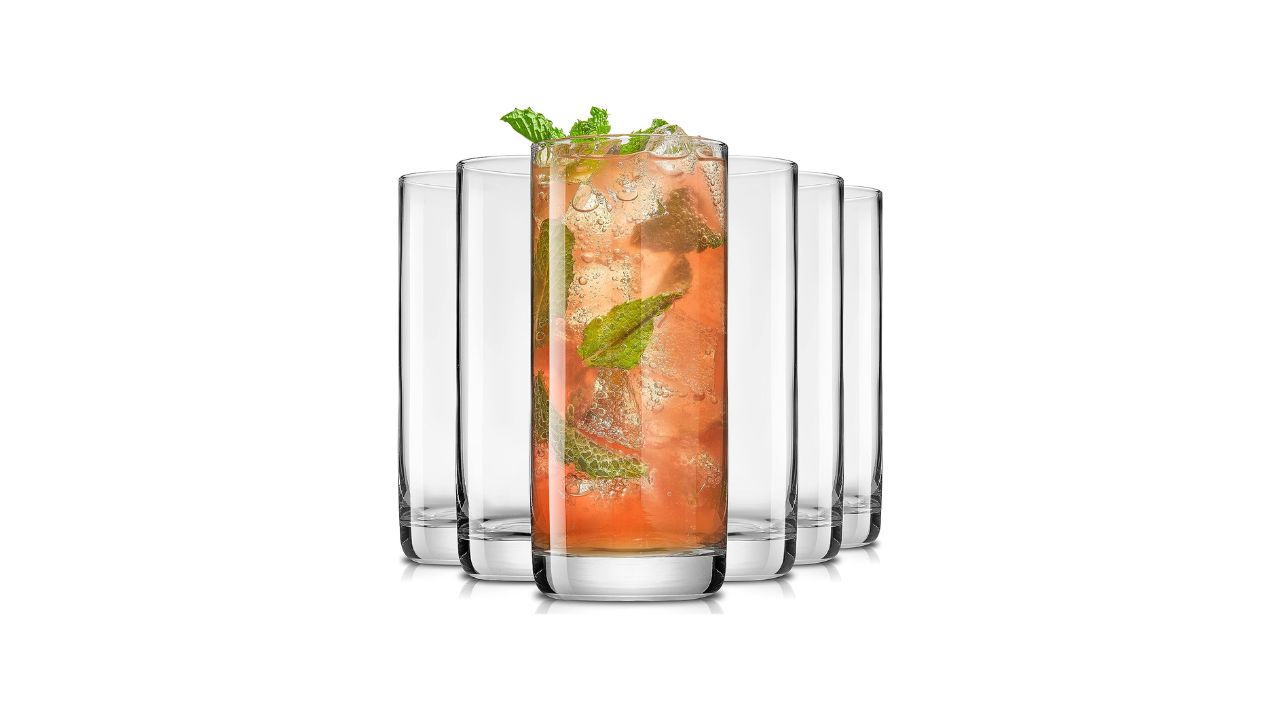
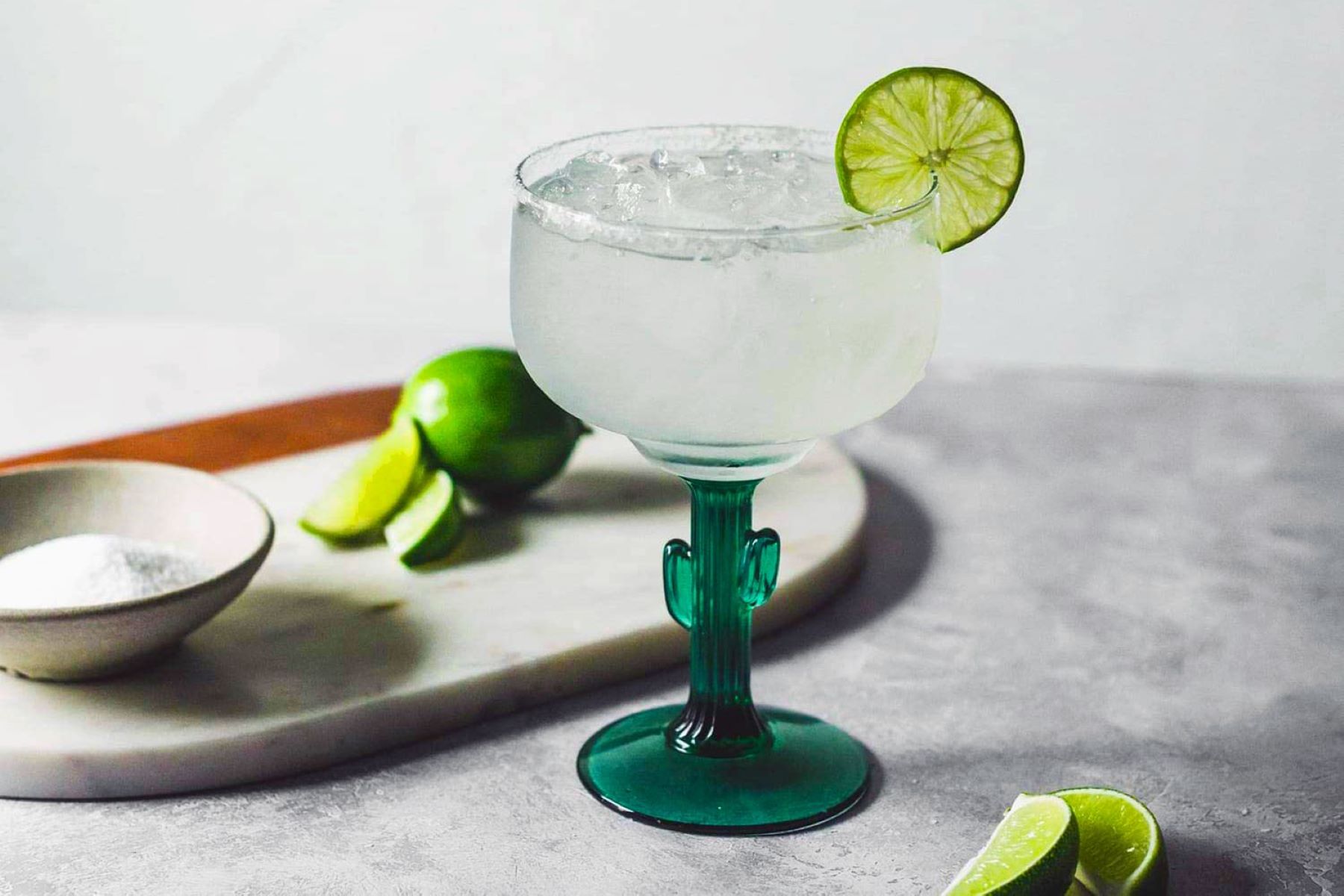
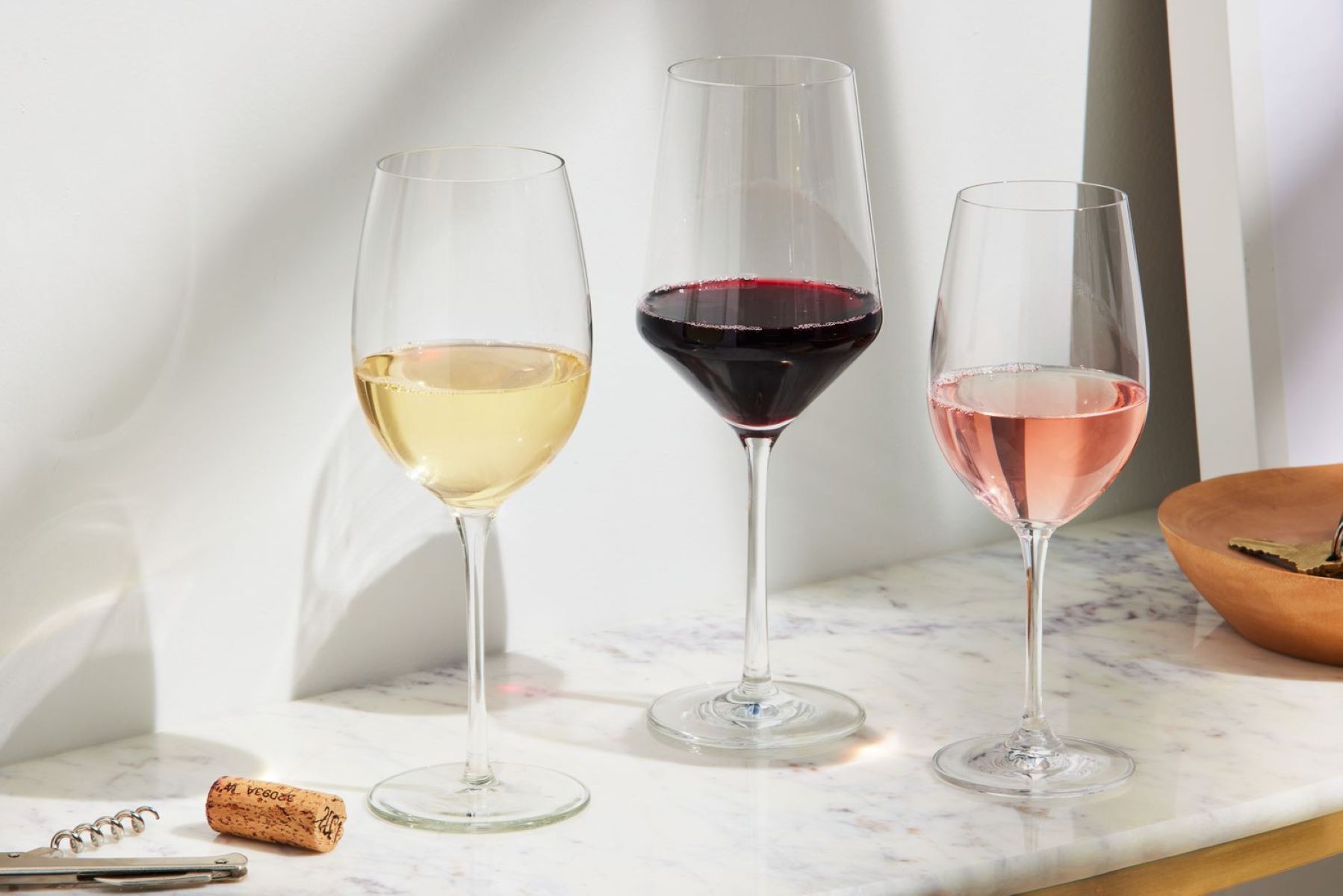
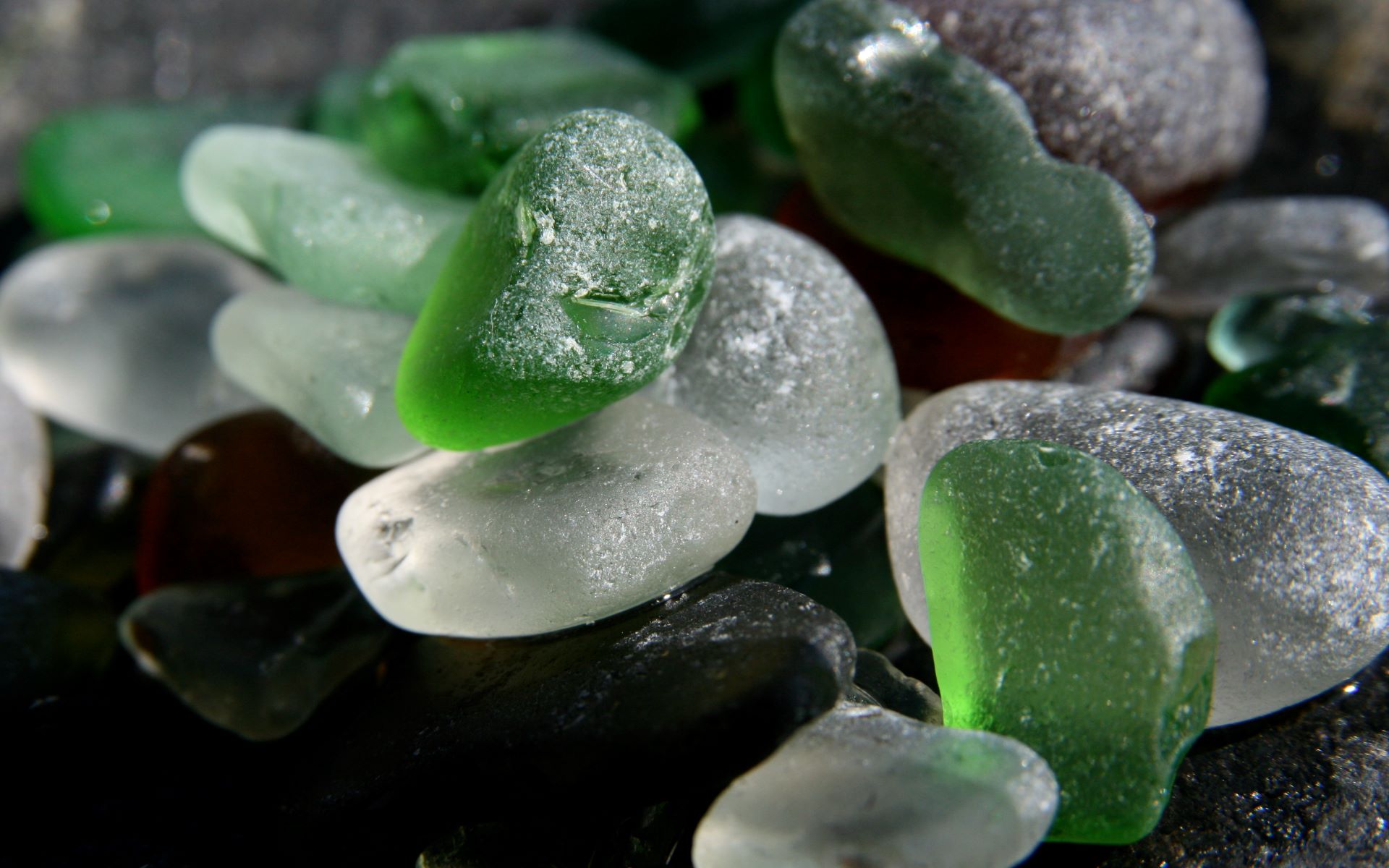
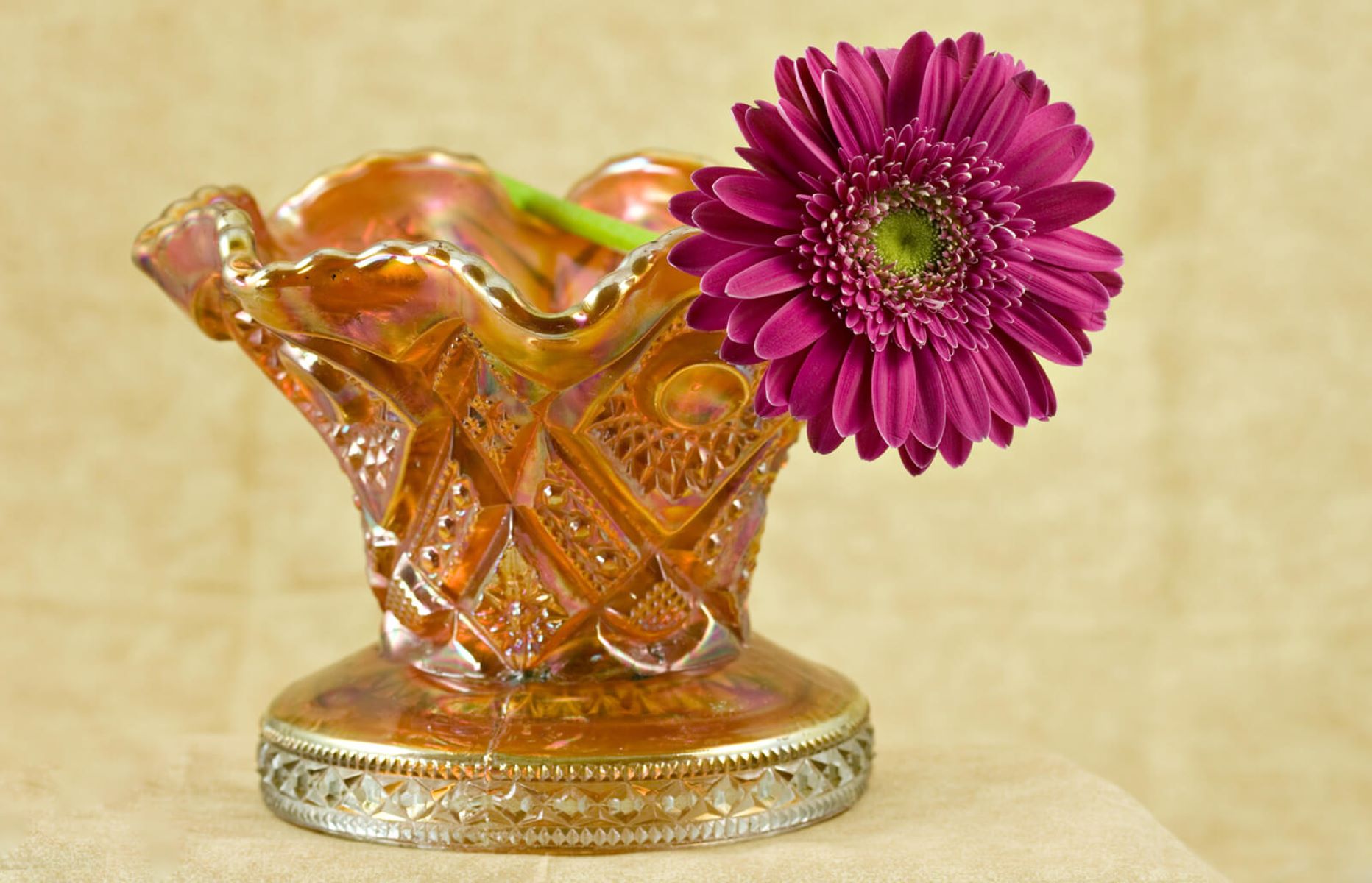
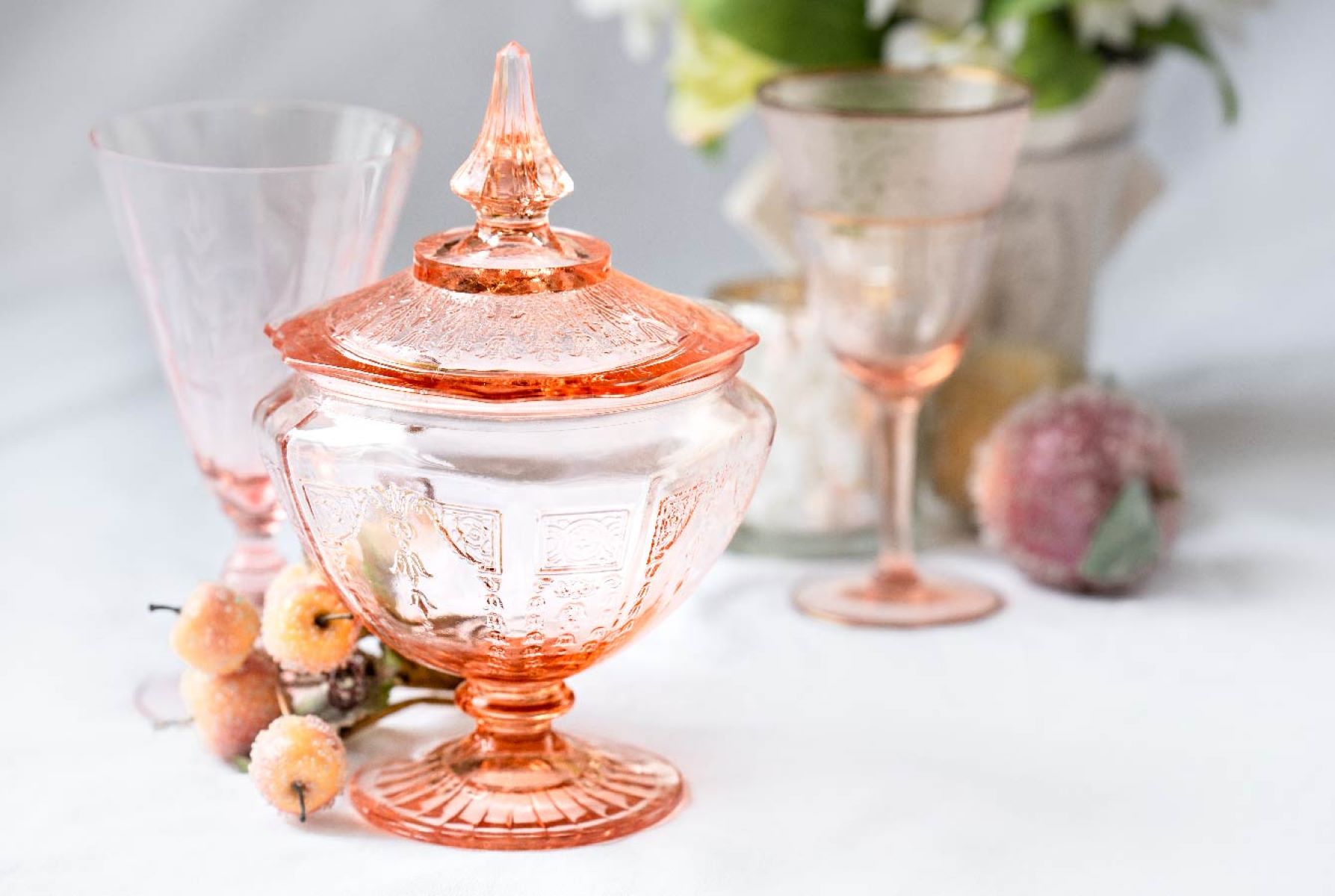
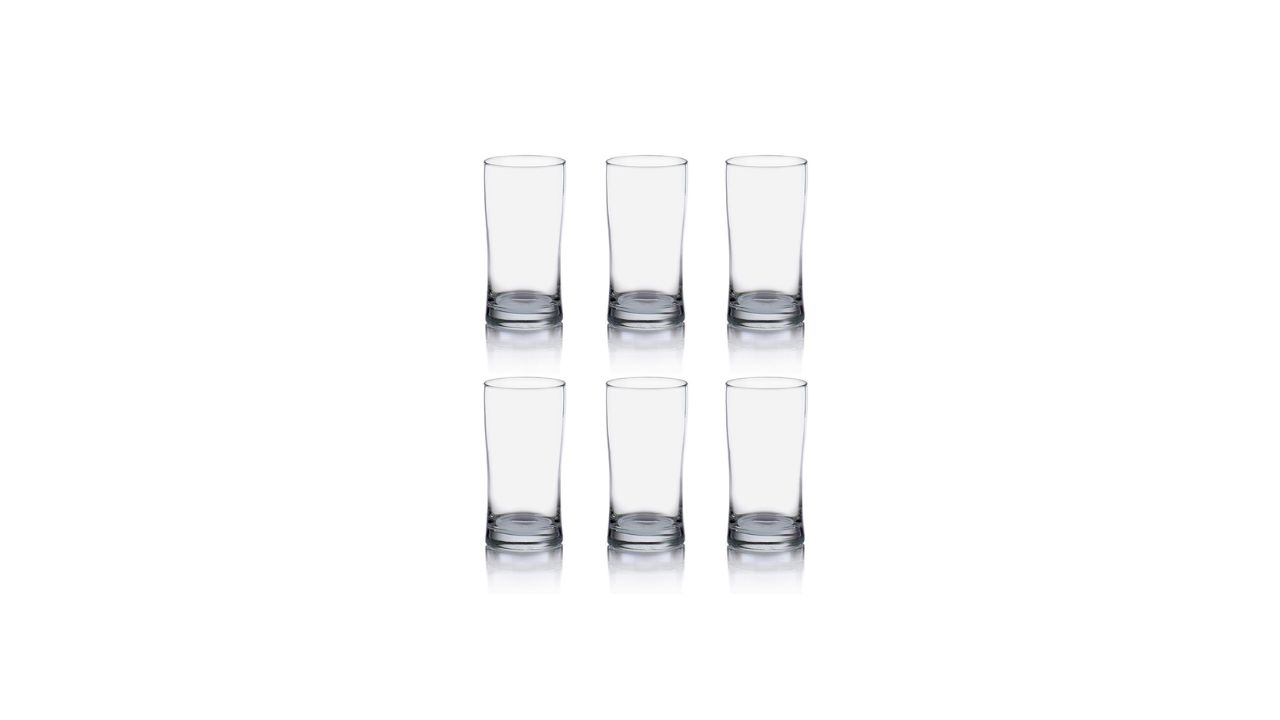
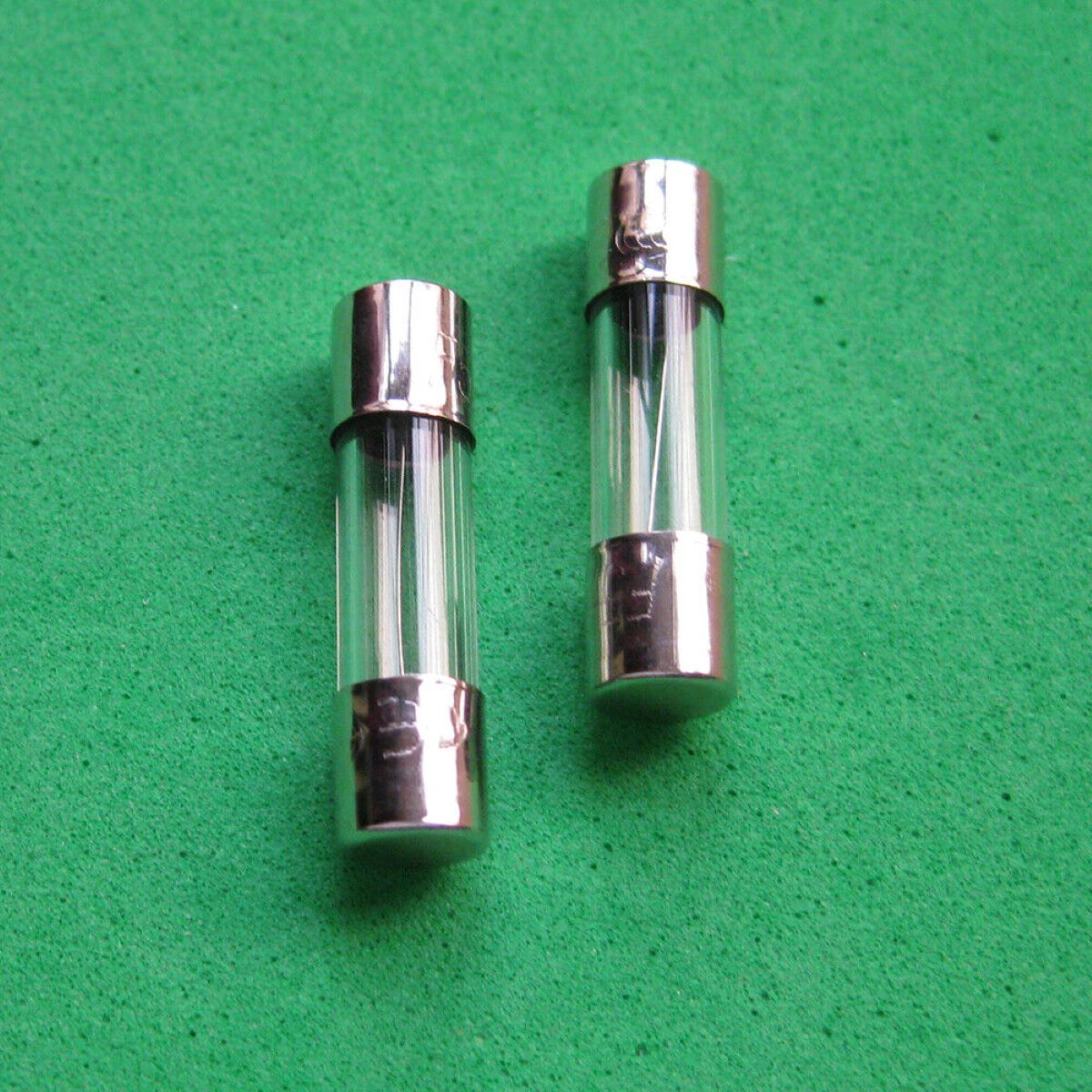

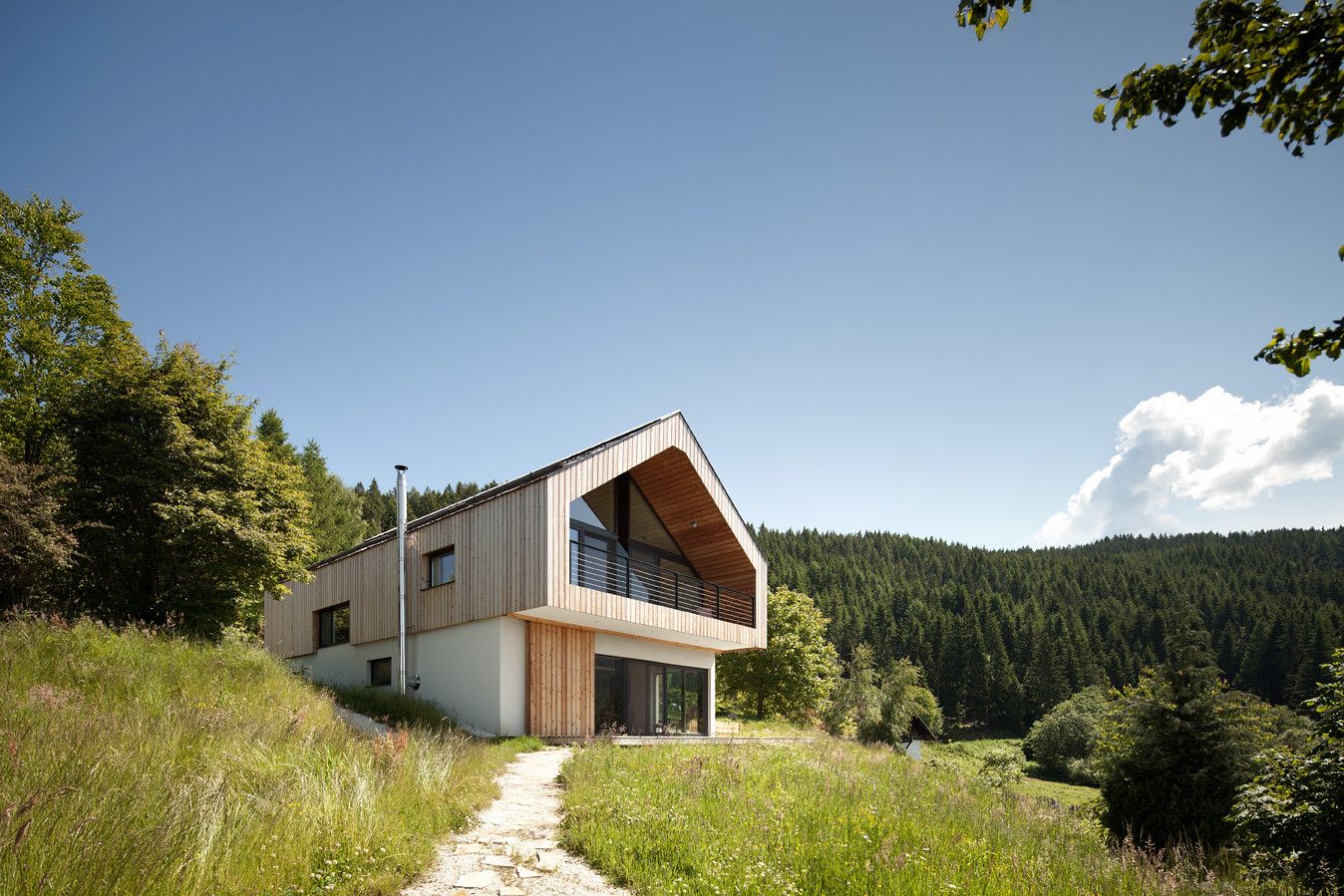
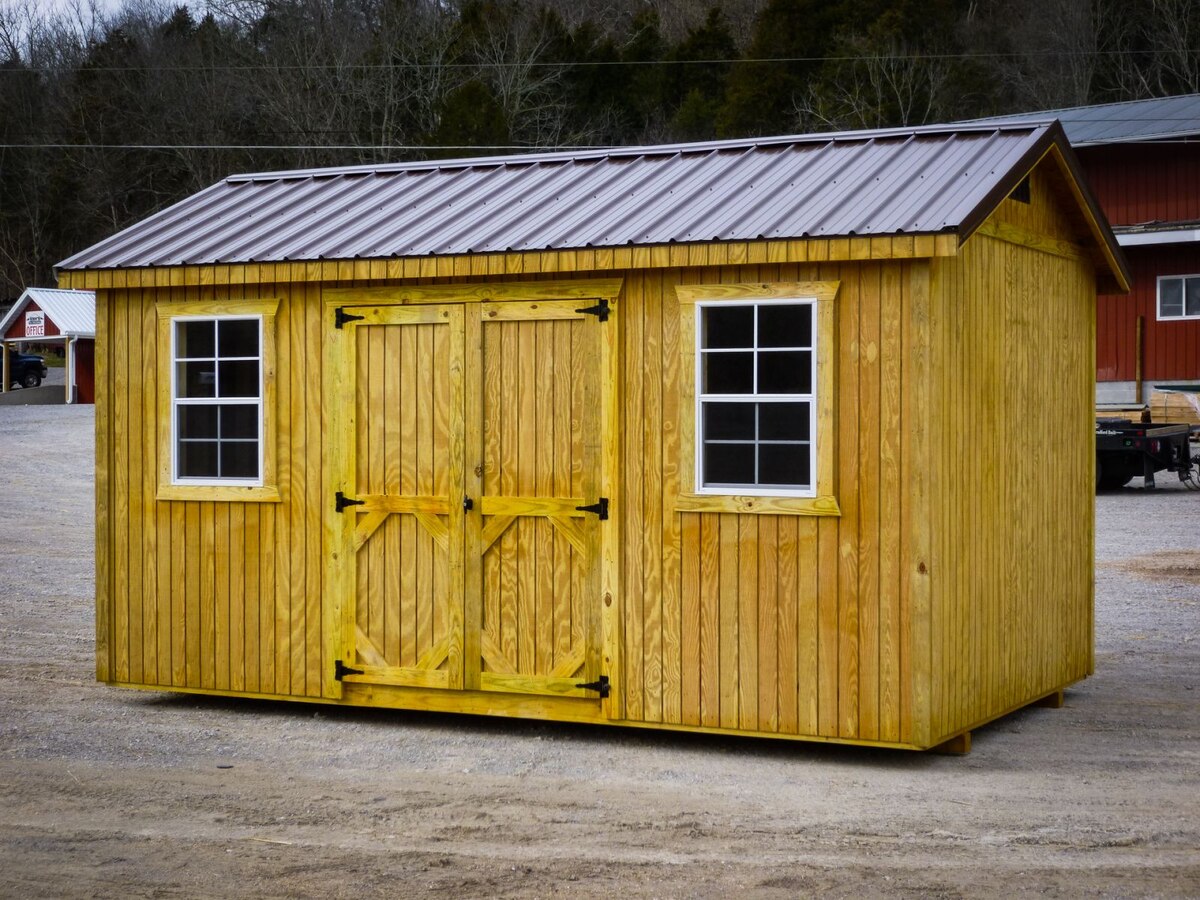
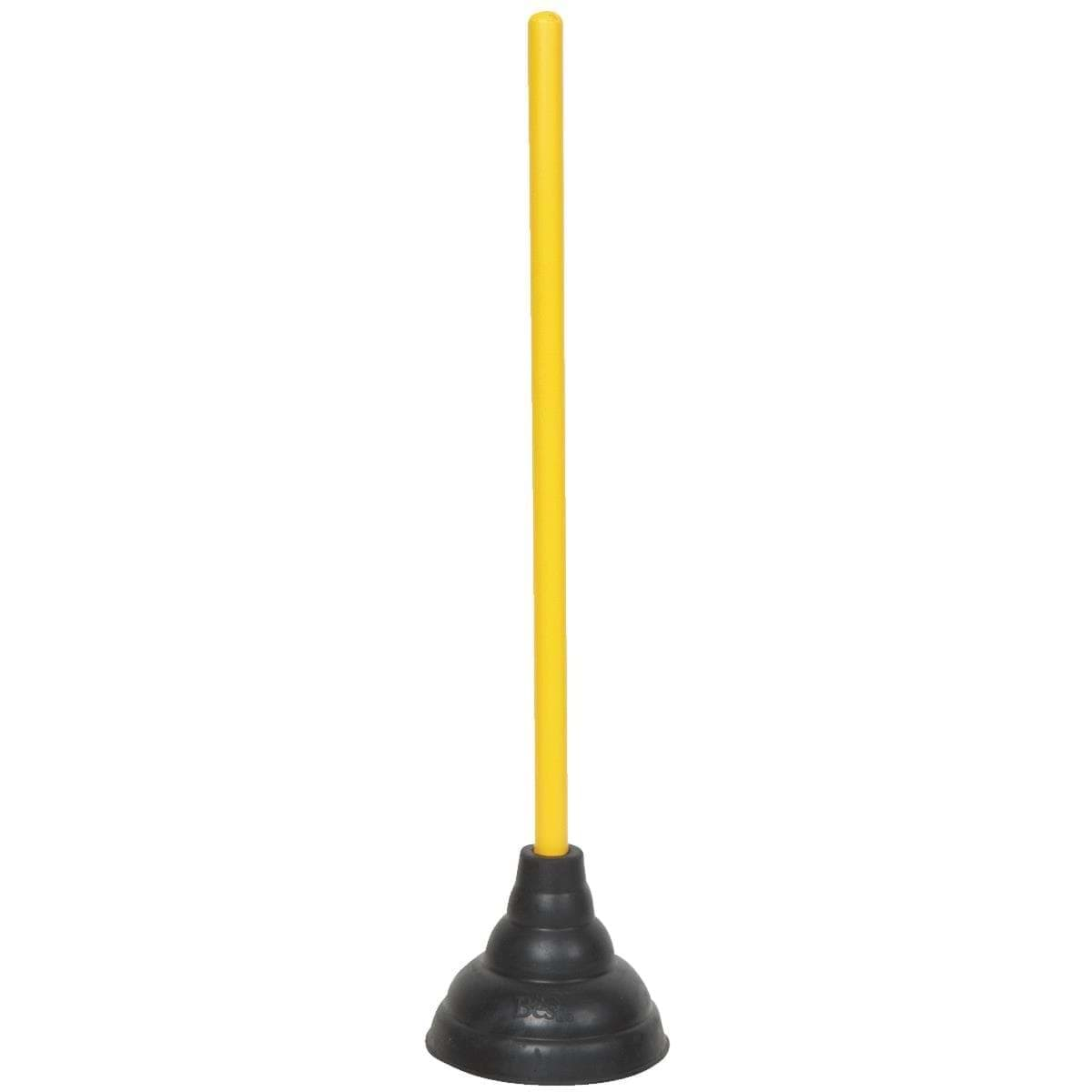



0 thoughts on “What Does Depression Glass Look Like”